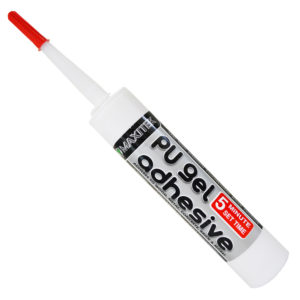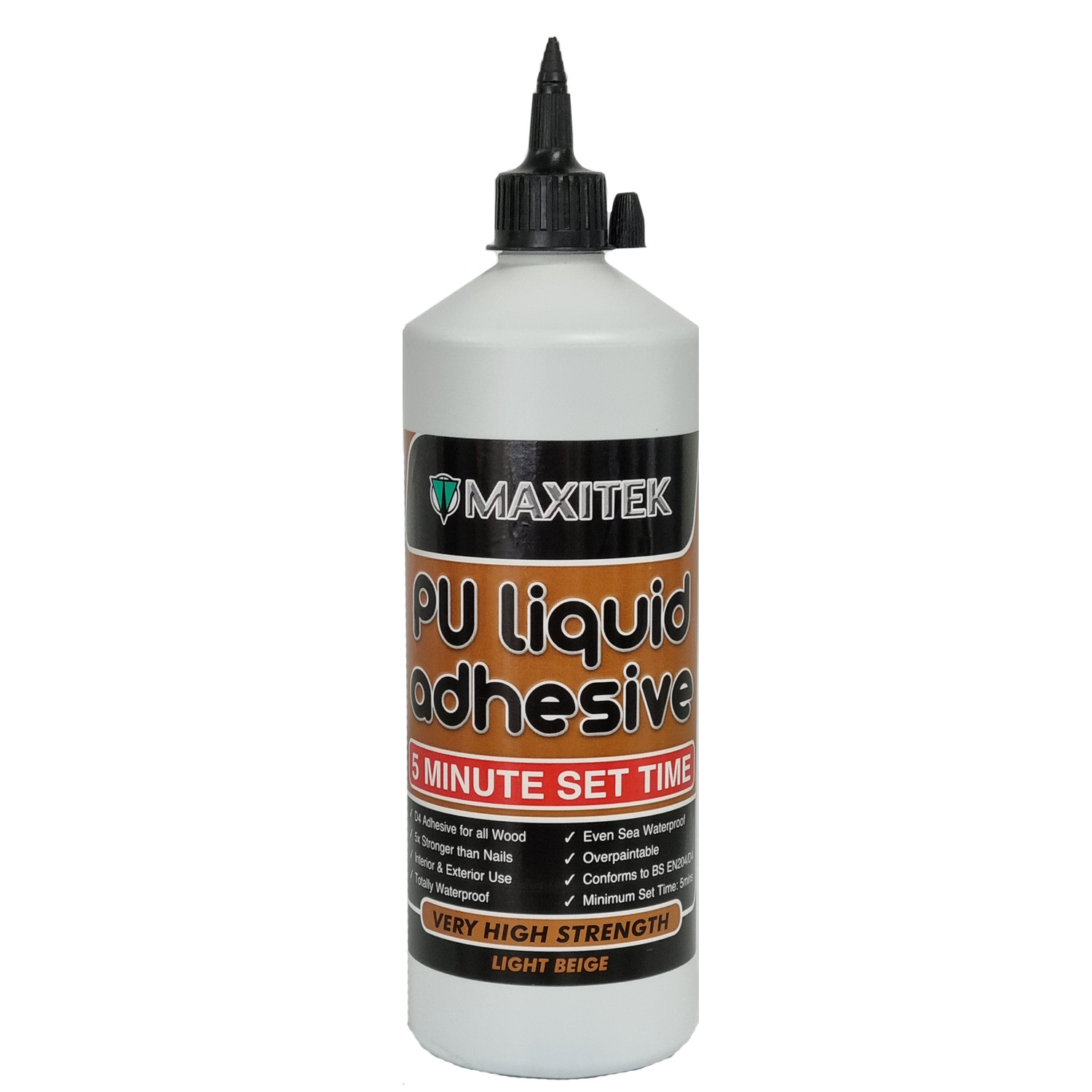Ultimate Guide to Polyurethane Glue and an Alternative [2025]
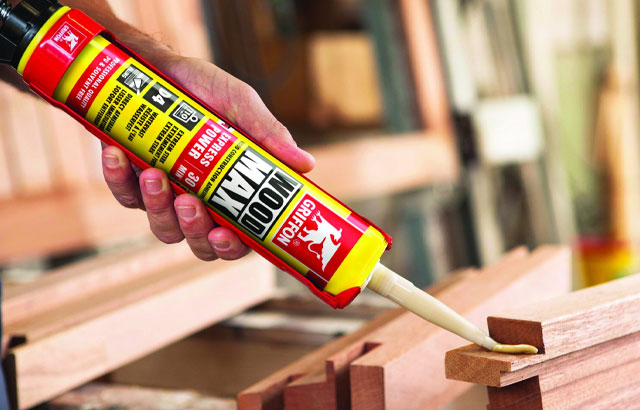
Polyurethane glue, or foaming glue as it is commonly known, has become very popular in joinery and construction applications. Brands such as Gorilla glue have also helped to create an awareness of this type of adhesive in the DIY and retail sector, as it is seen as a ‘stick anything’ product.
In this ultimate guide to polyurethane glue, we are going to discuss:
- Types of polyurethane glue
- Advantages of polyurethane glue
- Polyurethane adhesives limitations and safety measures
- Applications for polyurethane glue
- A unique alternative to polyurethane adhesives
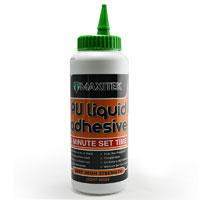
From the 24th of August 2023, it is mandatory for professional users of polyurethane adhesives and sealants to receive training and certification before using these products in industrial and professional applications.
Types of Polyurethane glue
The most popular types of polyurethane adhesives are:
1. Single component ‘one part’ foaming adhesives
Single component, foaming adhesives do not require any resins or hardeners to be added to them. They work by themselves
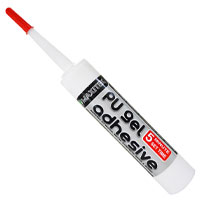 straight out of the bottle or cartridge. This type of PU glue cures by absorbing moisture from the air and material to be bonded, causing a foaming of the glue during the process.
straight out of the bottle or cartridge. This type of PU glue cures by absorbing moisture from the air and material to be bonded, causing a foaming of the glue during the process.
Single component foaming PU glue is available in two formats:
- A liquid which is ideal for long, linear joints and bonding sheet materials.
- A thixotropic gel which is perfect for mortise and tenon joints and any applications where a non-drip formulation is beneficial, such as vertical or overhead bonding.
Single component, polyurethane adhesives are what we will be focusing on in this blog. 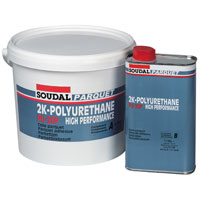
2. Two-part polyurethane adhesives
Two-part PU adhesives work by mixing two separate components together, Typically:
- A resin – the adhesive part
- A hardener – the curing agent.
Two-part polyurethane adhesives are often used in wood flooring applications but are also popular when bonding non-porous materials such as plastics, metals, and composites as they do not rely on moisture to cure.
3. Single component sealant and bonding polyurethanes
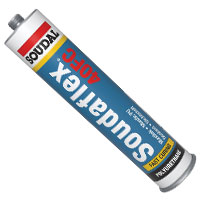
Although polyurethane based, these formulations have an appearance and viscosity, similar to silicone sealants and hybrid polymers. They are usually dispensed from foil packs and cartridges using a sealant mastic gun and are used extensively in construction trades for sealing expansion joints, and in the caravan industry for bonding and sealing applications.
Advantages, Disadvantages and Applications of Polyurethane Adhesives
For this ultimate guide to polyurethane glue, we have listed the advantages, disadvantages, and applications it is best suited to.
Advantages of polyurethane glue
- Fast bonding and handling strength. Compared to traditional adhesives such as PVA and resin powder adhesives, polyurethanes can make bonds in a fraction of the time and speed up production. Handling or set time, is how long it takes for the adhesive to have reached a point when the materials bonded can be moved and machined. Final cure is when the adhesive has undergone all chemical reactions and full bond strength has been achieved.
- Handling times for polyurethane foaming adhesives can range from as little as 5 minutes to 30 minutes. Slower set time adhesives are beneficial when more time is required to position clamps and assemble complicated joints.
- After full cure, PU glues have excellent resistance to chemicals and therefore resist degradation when in contact with solvents and cleaning agents.
- Over paintable with many types of paint.
- Due to crosslinking during the curing process, polyurethane adhesives form waterproof bonds to EN 204 D4 standards, making them ideal for external applications.
- Capable of working within temperature extremes between –30°C to 150°C.
- The expansion of the adhesive through foaming gives the glue gap filling properties.
- Polyurethane adhesives have very high bond strength when fully cured.
- Extremely versatile as able to make bonds with a wide range of building materials, including all types of wood, metal, and masonry.
Disadvantages & safety measures of polyurethane glue
- Polyurethane adhesives contain isocyanates and diisocyanates which may cause occupational asthma and are a suspected carcinogen.
- Their exceptional resistance to chemicals is a benefit in nearly all cases, but it makes clean up very difficult – especially if the product leaks on to surrounding materials caused by the foaming nature of the glue.
- If the product gets onto skin (which should be avoided), unless it is removed instantly, it can only be removed by scraping. The adhesive is prone to dirt pick up too, so it is not unusual to see unsightly black stains on the hands of users.
- As the product foams when curing, the components must be clamped. Failure to do so causes the materials being bonded to be pushed apart, which can result in a weak bond and thick glue lines.
- One of the materials being bonded must be porous.
Applications for foaming polyurethane glue
See below a table which includes the applications for foaming polyurethane glue.
| Liquid | Gel | |
| Wooden window and door manufacture | ✔✔✔ | ✔✔✔ |
| Wooden garden furniture | ✔✔✔ | ✔✔✔ |
| Timber stairs | ✔✔✔ | ✔✔✔ |
| Wooden lipping’s | ✔✔ | ✔✔✔ |
| Carpet grippers | ✔ | ✔✔✔ |
| PVCu | ✖ | ✖ |
| Wood to Metal | ✔ | ✔ |
| Timber flooring to wooden joists | ✔✔ | ✔✔✔ |
| Chipboard tongue and groove flooring | ✔✔✔ | ✔✔ |
What is an alternative to polyurethane glue?
There is no doubt that foaming PU glues are superb, their popularity in the joinery and construction industry is testament to it. In the world of adhesives, polymer technology is always improving, and that ongoing development allows manufacturers to design new products and alternatives which give even stronger bonds and are safer to use.
“At Protrade, we have a unique alternative, non-foaming adhesive that offers all the benefits of a PU glue with none of the downsides.” Des Duddy – Joint Managing Director
Wood Max Express is a revolutionary adhesive based on SMP polymers. I must stress, it is important not to confuse this formulation with hybrid polymers such as Sumogrip, CT1 and EB25 which are high strength grab adhesives. Hybrid polymer-based grab adhesives are used for ‘attaching’ one product to another, such as when fixing skirtings and trim.
The incredible bonding power of Wood Max Express is approximately 4x greater than the strongest grab adhesive and effectively joins two pieces of wood to form a single, solid timber component. It can also be used to bond wood to metals, masonry, and other building materials.
Advantages of Wood Max Express vs Polyurethane Glue
Below is a list of advantages of Wood Max Express vs Polyurethane Glue.
- No foaming – as the glue does not expand during the curing process, substrates are not pushed apart, and leakage is limited.
- Materials do not need to be clamped other than for initial positioning.
- Easy clean up – adhesive squeezed from the joint can be removed with a scraper or rag when wet.
- Wood Max Express can easily be washed from hands and tools.
- Fills gaps of up to 4mm wide with pure adhesive – not bubbles! Everyone talks about the gap filling properties of foaming PU glue, but in reality, these voids are simply filled with lots of small bubbles. Painting over them can leave a poor visual appearance and there is little strength in pockets of fresh air! Wood Max Express is a pure adhesive with no fillers or bulking materials. Gaps are filled with a solid material that resembles a traditional filler.

Image illustrating the open cell structure of Polyurethane glue (left) compared to the solid form of Wood Max Express
- 18-month shelf life. Polyurethanes can have a shelf life as little as 9 months, in fact it is not uncommon for them to part cure within the container. The long shelf life of Wood Max Express prevents waste and therefore saves money.
- Hand tight in just 30 minutes. Full bond strength is achieved after just 8 hours compared to the usual 24 hours with PU.
- Very safe – As Woodmax is solvent free and contains no diisocyanates, professional users do not have to be trained and certified to use it in industrial applications. This is why there are no mandatory warning signs on the packaging.
- A+ indoor Air Controlled rating with very low emissions into indoor air.
- Completely waterproof to EN 204 D4 standards. Particularly suitable for external joinery applications.
- Excellent for bonding Accoya. Due to the highly acidic nature of Accoya timber, very few adhesives are compatible. Wood Max express offers unrivalled bond strength on this treated wood.
Summary
Single part foaming polyurethanes are versatile and durable adhesives, offering fast bonding with high strength. They are easy to apply and can give excellent results providing clamping and substrate compatibility are considered.
Fans of PU glue can also be its biggest critic, especially when it comes to cleaning up. That is when revolutionary products like Wood Max Express can fill the void – literally!
Related Products

Joint Managing Director, Protrade
Des has over 30 years of experience at Protrade, having worked in the capacity of Sales Co-ordinator, Account Manager, and product development, culminating in being appointed Joint Managing Director in 2018.

